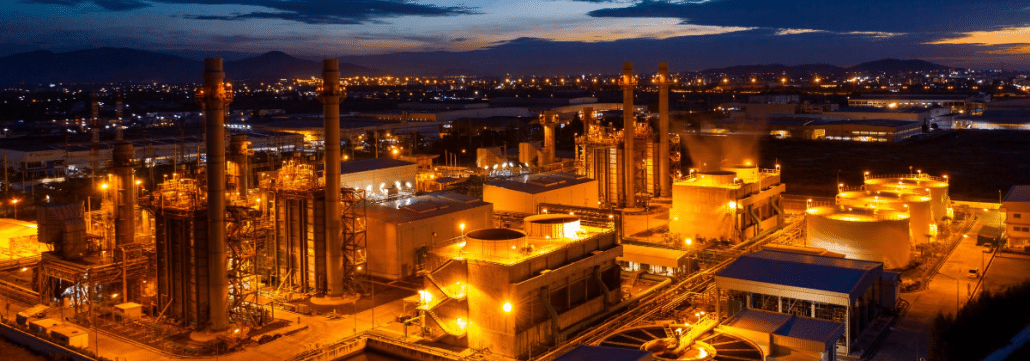Operators of critical machines and systems have no time for downtime. Connected mechanical systems equipped with industrial internet of things (IIoT) sensors will constantly stream data about their condition in the hopes that someone will detect clues about their future state. Processing the massive volume of data and converting it into timely measures to extinguish threats is supported by condition monitoring and analytics solutions.
The best solutions employ advanced risk and fault detection strategies that expedite analytics, diagnostics, and decision making. The Tignis solution contains four automated mechanisms for detecting risks and faults, each of which requires a different set of available information:
- Anomaly detection: When monitoring a system, the observed value of a given physical property is constantly compared to the predicted value, and if there is significant or sustained variation, it is marked as anomalous. This may include flow, load, force, pressure, temperature, vibration, or other performance variables.
Powered by ML, anomaly detection involves taking historical sensor data, picking a measurable outcome that matters (usually one sensor that measures a particularly important physical property), and then training an ML model to predict that property based on the measurements of other correlated properties across the system.
Anomaly detection can be applied to any digital twin with sensor data, even when Tignis data scientists personally have no idea how the system or machine works before seeing it. This minimizes barriers to value.
- Engineering principles and statistics: Issues can be detected based on known engineering/physics principles and statistics using Tignis’ proprietary analytics query language. The digital-twin-aware query language sits somewhere conceptually between SQL and Excel, and it is designed to enable non-technical subject matter experts such as mechanical engineers to easily and quickly build rules about how a system with a given digital twin should Compared to anomaly detection, this mechanism can be more prescriptive about detected problems and possible solutions.
Engineering principles require encoded engineering/physics rules for at least one of the components in the system being modeled. Fortunately, many basic components are common everywhere, including pumps, fans, tanks, compressors, and more.
Tignis works with each new customer to add new rules for the processes and assets they really care about, whether they are common or not. The efforts are facilitated by the increasingly large library of encoded engineering knowledge we are amassing.
- Supervised machine learning: The most effective ML develops when training examples are available; specifically, records of past occurrences of events that should be preemptively predicted and prevented in the future. Supervised ML enables early detection of previously experienced issues. Think of this as training a machine to recognize the signature of an undesirable condition.
Supervised ML requires well-documented and annotated digital records of past failures along with associated sensor data. That data often does not exist but is incredibly effective when it does.
- Simulation: Never-before-experienced issues can be detected early by combining supervised ML with simulation. If a high-fidelity simulator is available for a process, Tignis can use it to simulate any possible state of the system and generate training data, which is then used to train an ML early-detection algorithm. The ML detection algorithms are orders of magnitude faster than the simulation and can be practically applied in real time.
High-fidelity simulators are not widely used in industry at the moment. They are most often reserved for the most risky or complicated plants or processes, such as nuclear plants or some hydrocarbon plants, because they can cost millions to build and will only apply to a single plant. That will change as Tignis has developed techniques and tools that make simulation more accessible. Tignis has world-class experts in chemical engineering, mechanical engineering, and physics who can build simulations for high-value processes. For example, Tignis recently built a simulator for the physics of one process step within semiconductor processing.
Threats will become a reality if they remain unseen. Using an advanced condition monitoring and analytics solution with a multifaceted blend of automated threat detection mechanisms helps to expose equipment risks, enable predictive maintenance and reliability optimization measures, and keep the operation running as expected.








